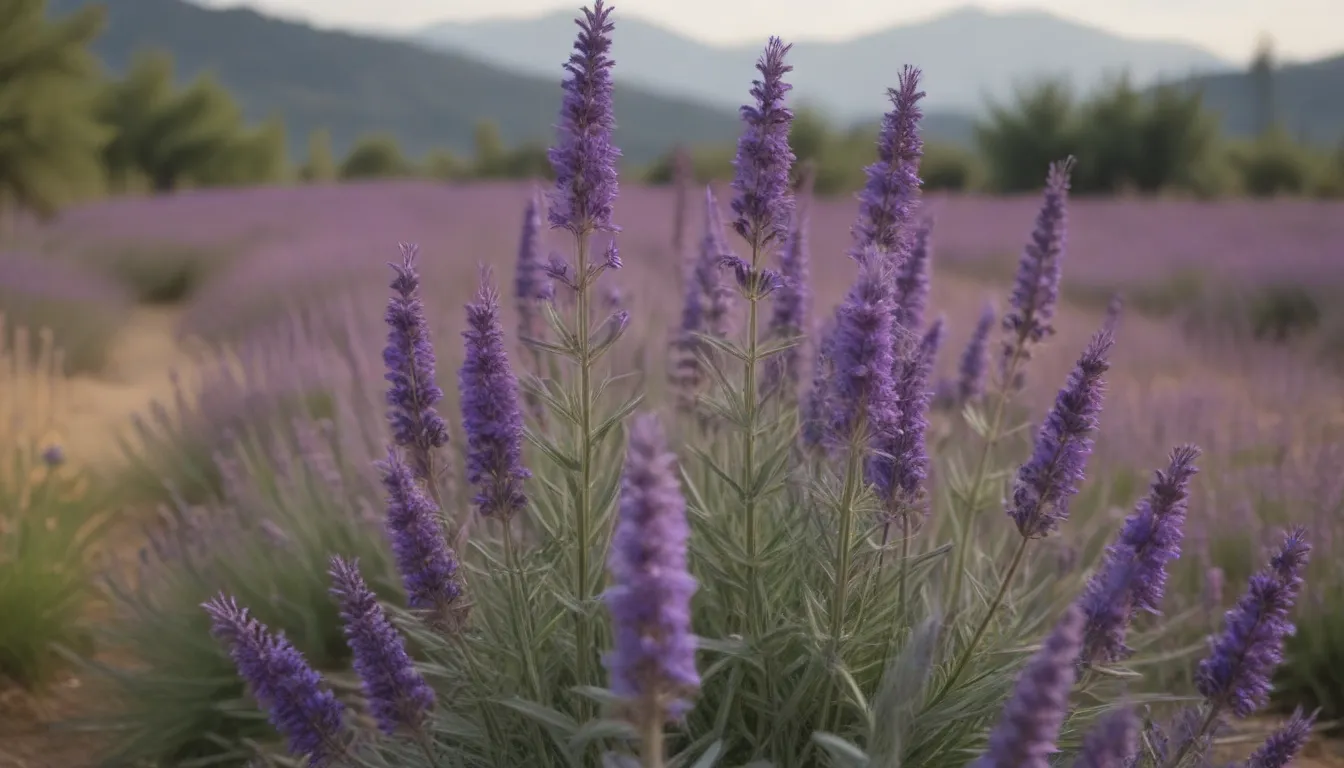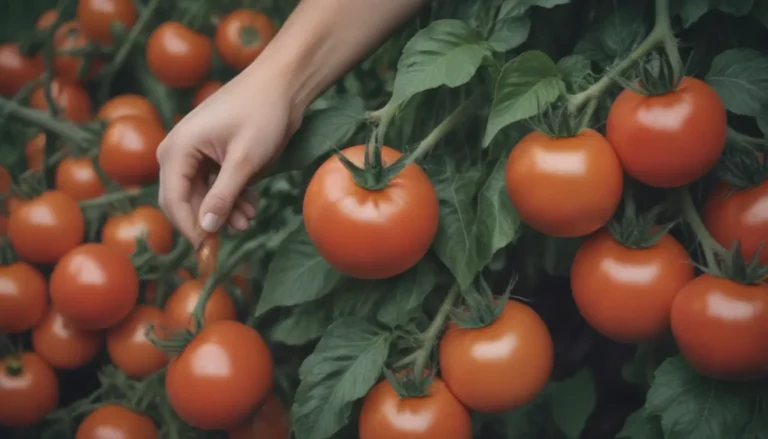The Ultimate Guide to Growing and Caring for Spanish Lavender

If you’re looking to add a touch of Mediterranean beauty to your garden, Spanish lavender is an excellent choice. With its distinct flower shape and unique blooms, this perennial herb is sure to be a standout in your garden. In this comprehensive guide, we’ll cover everything you need to know to successfully grow and care for Spanish lavender.
Spanish Lavender: An Overview
Spanish lavender, also known as Lavandula stoechas, is just one of the many lavender species available. What sets Spanish lavender apart is its upright petals that resemble rabbit ears at the top of the flower heads. This striking feature, along with its ability to thrive in hot, dry climates, makes Spanish lavender a popular choice among gardeners.
Growing Conditions for Spanish Lavender
To ensure your Spanish lavender thrives, it’s essential to provide the right growing conditions. Here are some key factors to keep in mind:
- Light: Like all lavender varieties, Spanish lavender requires full sun to flourish and produce fragrant blooms.
- Soil: Spanish lavender prefers sandy, gravely, well-draining soil. Amend clay soil with sand, gravel, peat moss, or coconut coir before planting.
- Water: While Spanish lavender is drought-tolerant, slightly moist soil is ideal. Water at soil level to prevent fungal diseases.
- Temperature and Humidity: Spanish lavender is native to the Mediterranean and thrives in hot, dry climates. It’s not as cold-hardy as other lavender varieties and needs to stay in zones 8a to 9b.
- Fertilizer: Spanish lavender thrives in poor-quality soil and generally does not require fertilizer.
Spanish Lavender Care Guide
Follow these tips to ensure your Spanish lavender thrives and continues to bloom beautifully:
Pruning Tips
- Prune Spanish lavender twice a year to encourage branching and denser growth.
- Avoid over-pruning – trim around one-third of the plant after the first flush of flowers and again after the second bloom.
- Spanish lavender does not spread through root extension, so aggressive growth is not a concern.
Propagating Spanish Lavender
- Propagate Spanish lavender through cuttings for easy and rewarding results.
- Use disinfected garden snips, well-draining soil, and a plastic bag for successful propagation.
Growing Spanish Lavender From Seed
- Start Spanish lavender seeds indoors for the best outcomes.
- Provide ample sunlight for seedlings to thrive and develop into healthy plants.
Potting and Repotting
- Spanish lavender grows well in containers with proper drainage.
- Water potted lavender more frequently than garden-planted lavender.
- Repot yearly to ensure healthy growth and development.
Popular Spanish Lavender Cultivars
Within the Spanish lavender species, several popular cultivars offer unique features and blooms. Some noteworthy cultivars include:
- ‘Strawberry Ruffles’
- ‘Silver Anouk’
- ‘Kew Red’
- ‘Alba’
- ‘Fathead’
- ‘Regal Splendour’
Overwintering Tips
- In appropriate growing zones, Spanish lavender requires minimal extra attention during winter.
- Insulate the plant with mulch and reduce watering during the colder months.
- Shelter potted lavender from harsh temperatures and winds for winter survival.
Common Pests and Plant Diseases
While Spanish lavender is relatively hardy, a few pests and diseases can affect its health. Look out for:
- Whiteflies and Aphids: Use insecticidal soap or neem oil to control infestations.
- Spittlebugs: Spray affected plants with a garden hose to remove these pests.
- Fungal Diseases: Watch for diseases like shab, Phytophthora, and septoria leaf spot. Fungicides may be necessary for control.
Encouraging Spanish Lavender Blooms
Spanish lavender blooms twice a year and offers beautiful, fragrant flowers. Here’s how to encourage more blooms:
- Ensure your Spanish lavender receives six to eight hours of full sun daily.
- Deadhead spent blooms throughout the growing season to promote ongoing flowering.
Common Problems and Solutions
While Spanish lavender is resilient, it can still experience issues. Look out for:
- Yellowing, Browning, or Drooping Leaves: Signs of root rot due to overly wet conditions. Adjust watering and improve drainage.
- Leggy Growth and Few Blooms: Caused by excessive nitrogen from over-fertilization. Stop fertilizing and prune to promote compact growth.
In conclusion, Spanish lavender is a stunning addition to any garden, offering unique blooms and beautiful fragrance. By providing the right growing conditions and care, you can enjoy a thriving Spanish lavender plant that blooms year after year. Whether you’re a seasoned gardener or new to cultivating lavender, Spanish lavender is a rewarding choice that will beautify your outdoor space.
Remember, gardening is a process of trial and error, so don’t be discouraged by setbacks. With patience and care, your Spanish lavender will reward you with abundant blooms and delightful fragrance. Happy gardening!





